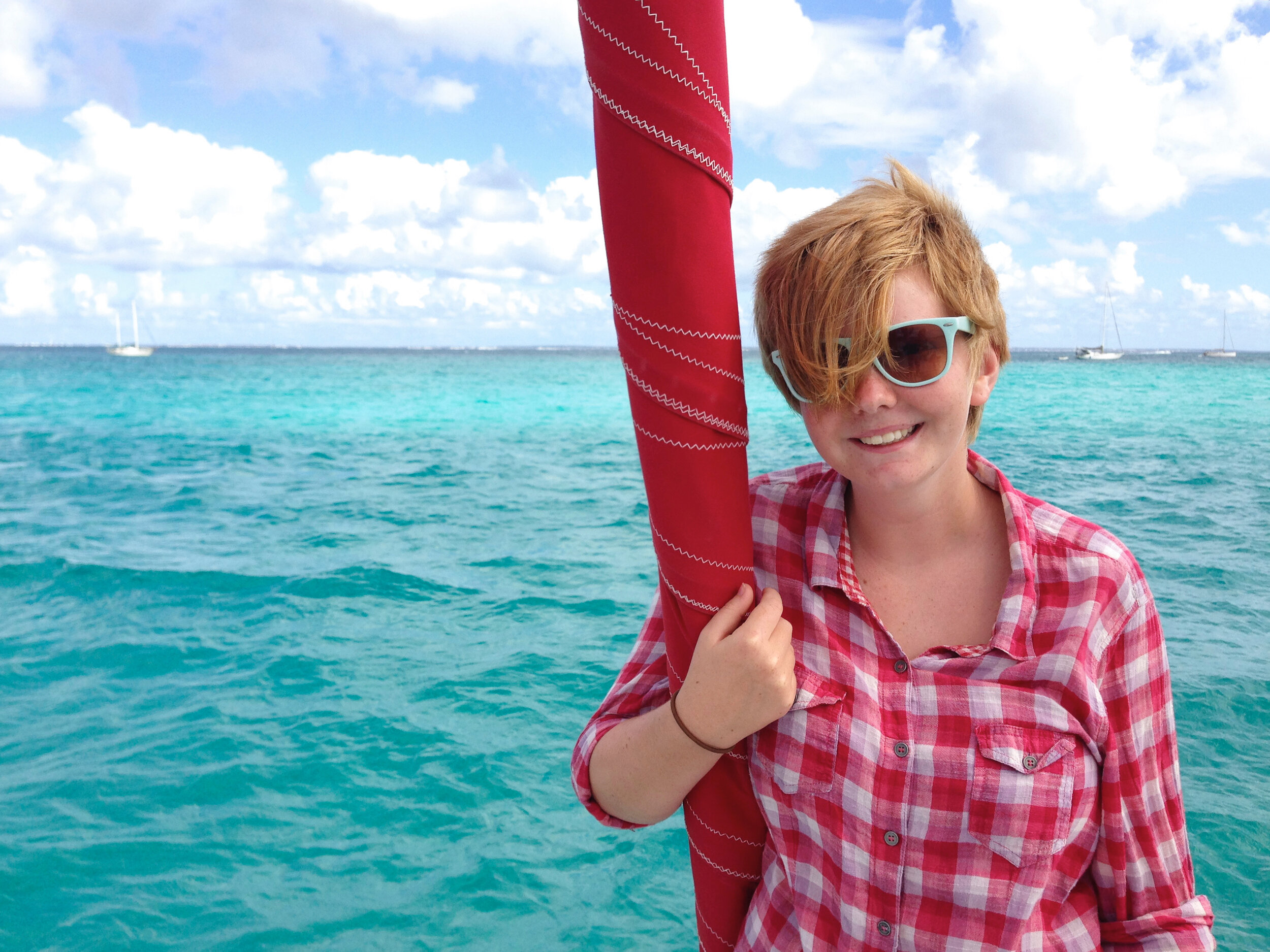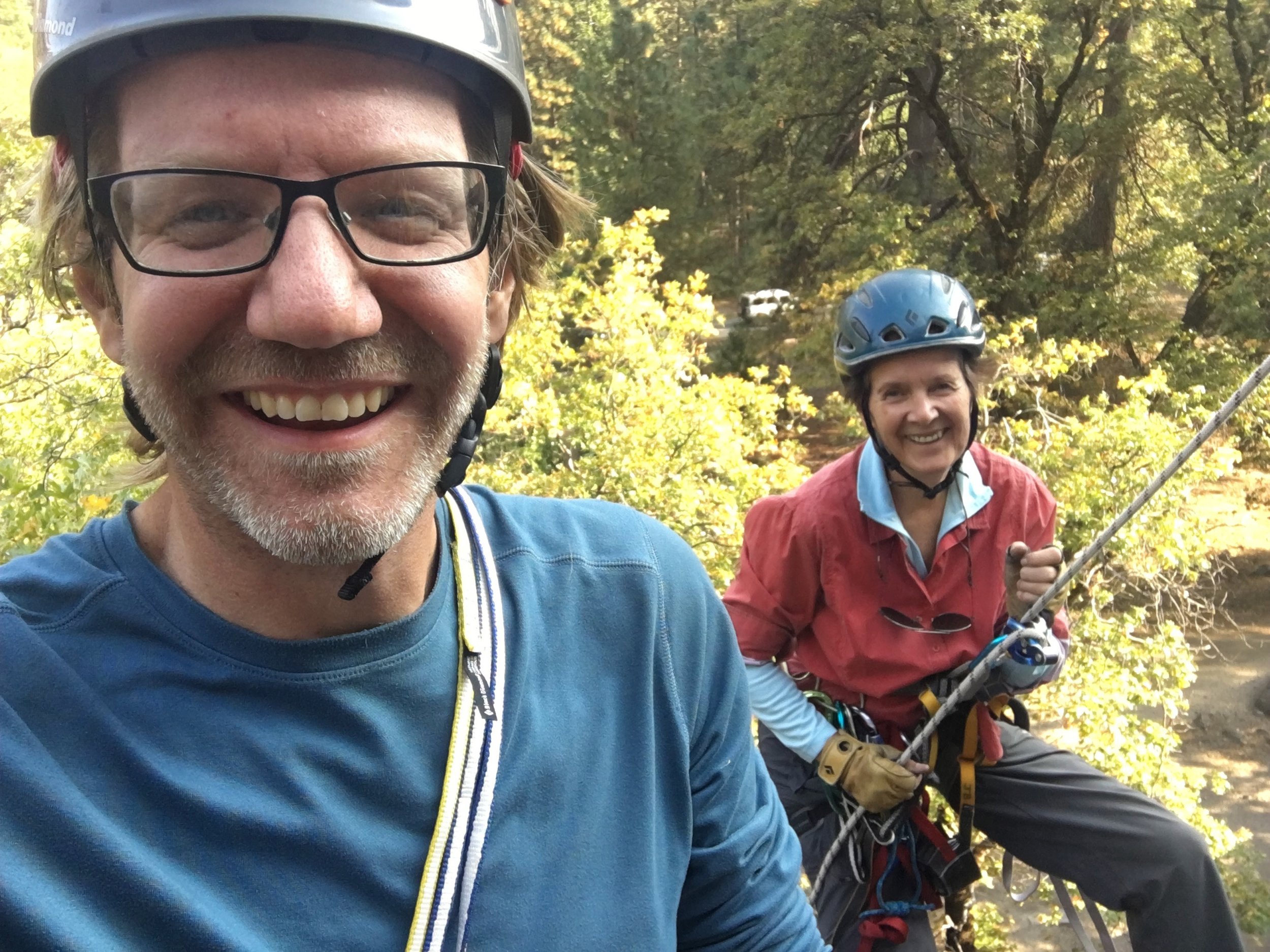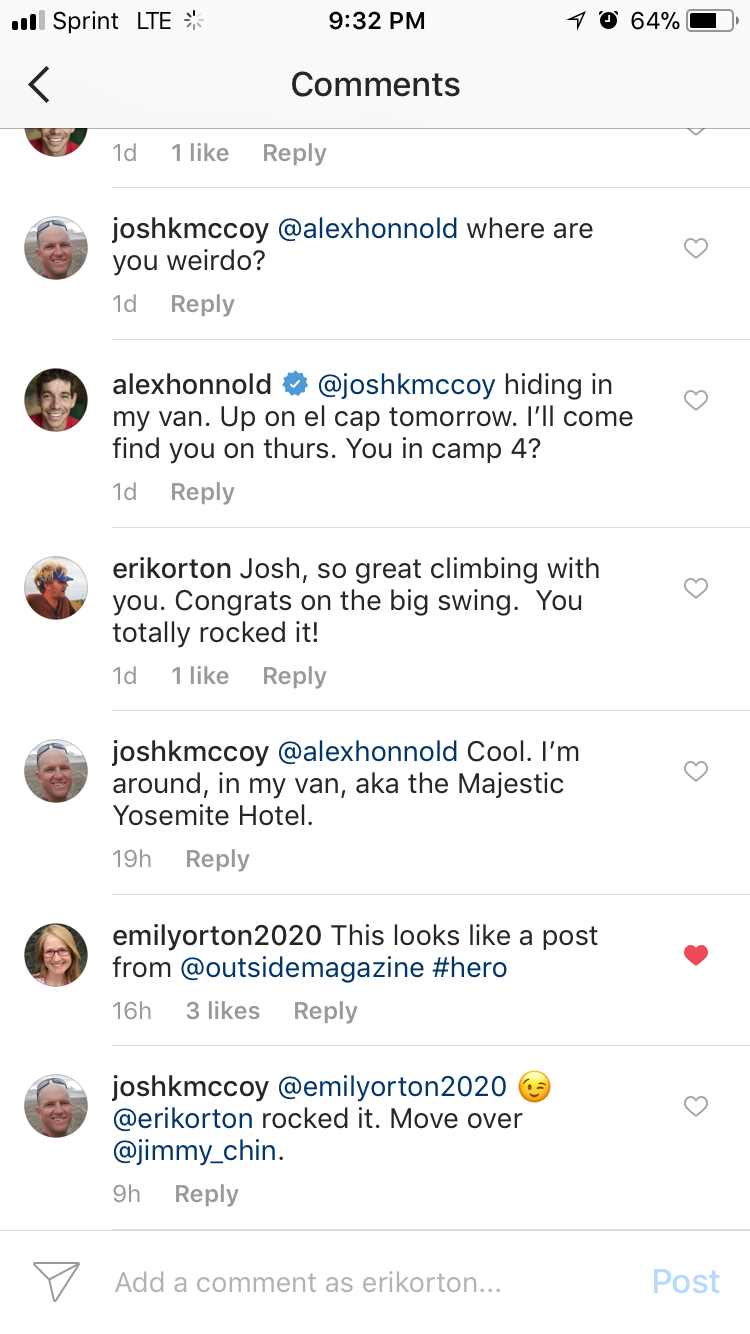Dreaming with Discipline - 4 of 7 - Navigating Out of the Harbor
/by ERIK ORTON
This is week 4 of 7 in a series counting down to the launch of our new book, Seven at Sea.
Emily and I did a couple interviews yesterday about our book and I found myself saying something I don’t usually say. They were asking, how did you come to live on a sailboat with your family in the Caribbean? I said something like, “There were no big sudden risky moves. Everything was deliberate, well-considered and incremental.” I don’t usually say that, but it’s true. Yes, I quit my job. Yes, we bought our boat sight-unseen. And yes, we flew down and moved aboard as a whole family. But nothing was hasty. If anything, I would say we were very pedestrian about it. If you want to revisit the story from the beginning, click here or read the book when it comes out in a few weeks.
I recently saw Free Solo, the film about Alex Honnold who free soloed El Capitan, the tallest monolith of granite in the world. To free solo means climb with no ropes or any protection. He used just his climbing shoes and his chalk bag. I have to admit, this movie shook me. I had a weird reaction at the end. It hit me as the credits rolled. I wanted to cry in the way you might after walking away from a bad car accident in the moment you realize you’re not dead.
There was nothing hypothetical about this movie for me. I just climbed El Capitan in April 2018. While we were in Yosemite, Emily and I ran into Alex. We played it cool and didn’t ask for a picture, but he’s a real person to us. The previous fall I climbed with his mom. I was training for my route and she was training to climb with Alex. We shared ropes and took pictures.
Alex’s mom, Dierdre. Swan Slabs, Yosemite.
Sharing lines and anchors with Alex’s mom as we all train for our climbs.
When I did climb El Cap, my new climbing buddy Josh had to be down off El Cap by a certain day. When I pressed him for his reason, he said “I’m climbing with a friend from high school.” What’s his name? I asked. “Alex.” Oh.
Josh texting and posting to Instagram when he was supposed to be belaying me. I gave him some grief about this shot later : ) Photo by Jordan Cannon
So as I watched this movie and watched Alex do something I would easily say is the most dangerous athletic achievement in human history, it oddly made sense to me. I looked dangerous to us, but he wasn’t doing something rash, unconsidered or unplanned. Everything about it was methodical, deliberate and incremental. He broke the route down, practiced the most complex sections over and over with a rope, trained both in Yosemite and other locations around the world, and spent hours and days visualizing the process.
“Alex Honnold’s Free Solo climb should be celebrated as one of the great athletic feats of any kind, ever.”
Which brings us to our topic of the day. Navigating out of the harbor. If you’ve followed our series up until now, you’ve chosen your own island, heard about charting your course and casting off. The next step is navigate out of the harbor. This might feel a little misleading because the important piece is you are not going to go far. You’re going to go a short distance, turn around and then go back to the dock. Emily and I talk about this as “expanding concentric circles.” We never go too far without doubling back to connect where we’ve gone to where we’ve been. We don’t like to go too far without revisiting home base.
SCOUT IT OUT
We established this habit when we were living on Fezywig. We pulled into so many islands and dropped anchor. There was always business to take care of: find a fuel dock, find a grocery store, find a source for internet, find a laundromat. Emily and I often felt overwhelmed with trying to do too many things at once. We made a promise to each other that we would go to shore and Scout it Out. We would locate everything, gather information (cost and location for fuel, price range for groceries, cost for internet, etc.) and then go back to the boat. We would walk through the aisles of the grocery stores and see what they had. We would not spend any money on our first trip. It was all window shopping. We would come back on a second trip and take care of business. The only exception to this was ice cream. We would bring spoons. If we find good ice cream, we would buy it and eat right there on the spot. Everything else could wait.
BABY STEPS
We also came to believe in taking baby steps. We wanted to go beyond our comfort zones but not too far. And whenever we did, we would quickly return to what was comfortable and give our hearts and minds a chance to absorb what they’d experienced. When we started taking sabbaticals as a family, they were short. First we started with a week or two in the off-season to Cape Cod. Then we took a month and a half to road trip to Utah and make a movie. Then we took a month in Cape Cod, and then two months. The trips grew longer but we always came home and absorbed. We never over-extended ourselves physically, emotionally or financially.
Even though I didn’t free solo El Cap, and don’t want to, I had to work up to what I did. Like I mentioned in our last Facebook Live, I took a scouting trip to Yosemite in November 2016. Alison and I went and spent a week climbing small routes, but we learned a lot about the bigger routes and how to navigate the logistics of living in Yosemite Valley. I trained in a climbing gym all winter and practiced big wall techniques at my local crags. Emily and I went back to Yosemite with all the kids in March 2017 and I climbed my first big wall. My partner and I made a brief attempt on El Cap, but bailed before getting no more than 500 feet off the ground. I came back in Spring 2018 and climbed El Cap in three days. It took a year and a half to prepare for three days of climbing. That’s what I mean by methodical, considered and deliberate. There were no big sudden risky moves. Between each of these forays into the space beyond my comfort zone, I returned home, rested and absorbed: expanding concentric circles.
As you examine the Island you’ve chosen. What is one thing you can do to venture out and then quickly return? You want to leave the dock, but you don’t want to go too far, and you want to come right back. Then you’ll cast off again, venture a little further, turn around and come back. And then cast off again. After enough times, you’ll eventually head toward the horizon and cross over it, and your island will come into view. Before then, plan on casting off a lot, taking short trips and moving slowly, deliberately and methodically closer to your island in ever expanding concentric circles.
Week 1 – Choose Your Own Island
Week 2 – Chart Your Course
Week 3 - Cast Off




































